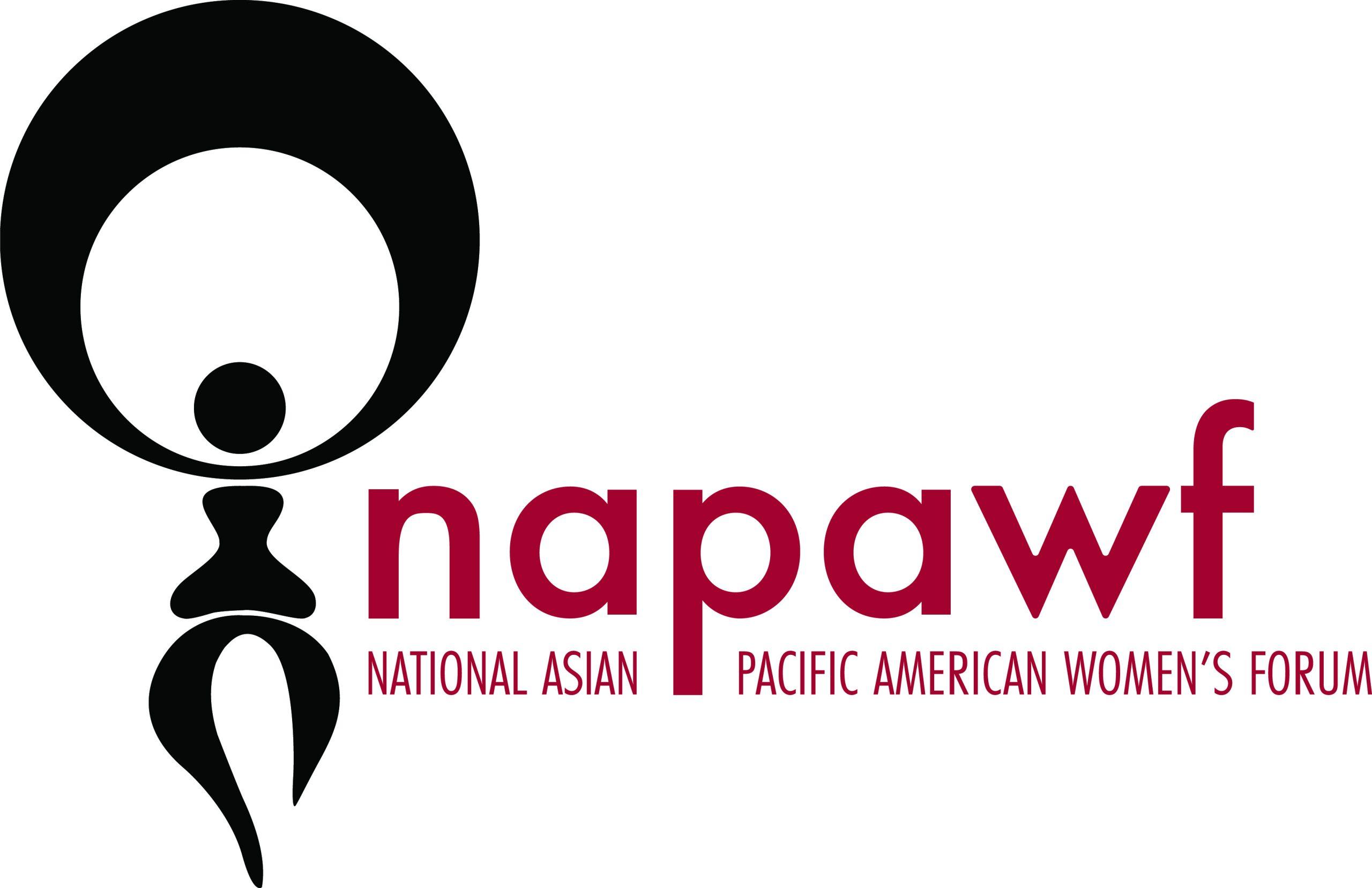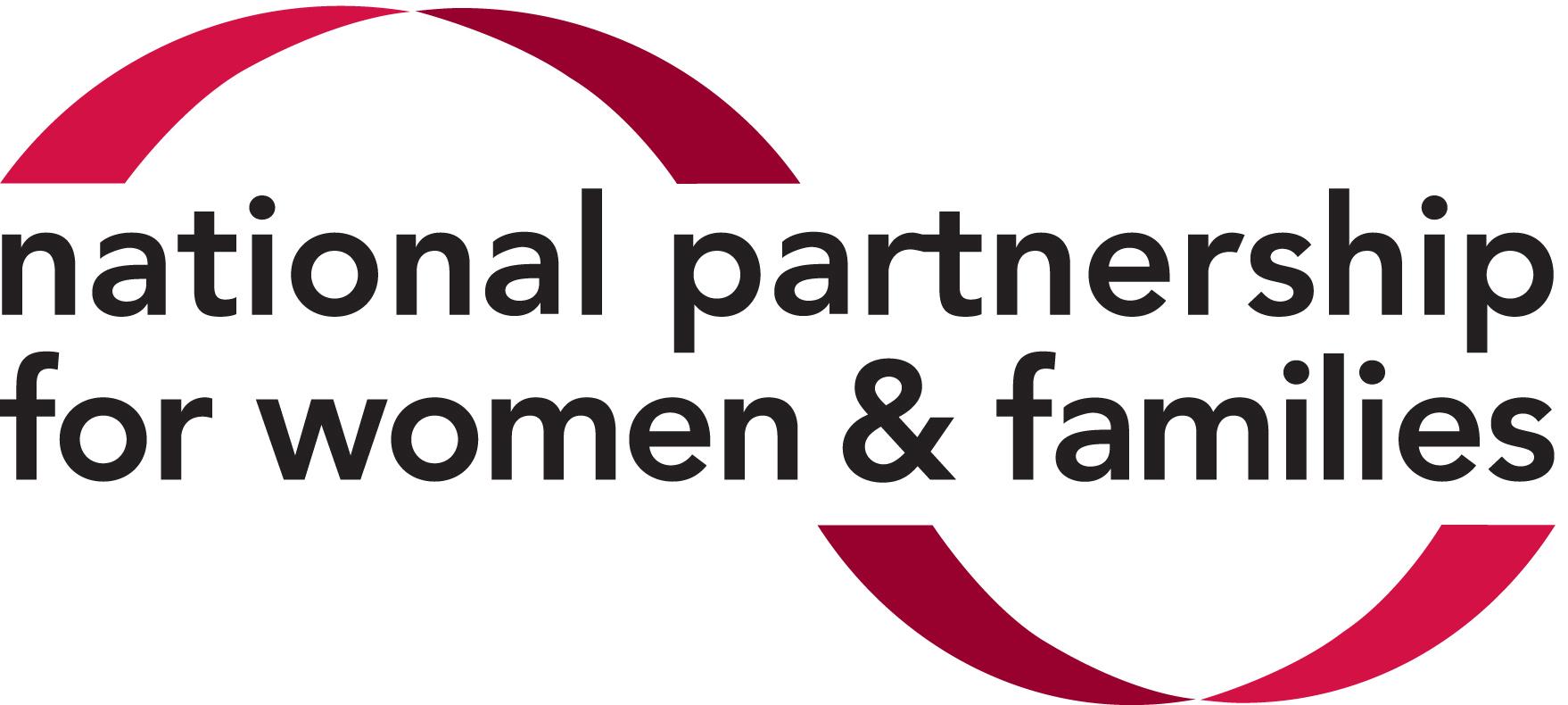Statement of Jocelyn Frye, President of the National Partnership for Women & Families WASHINGTON, D.C. – June 28, 2024 – Today, the Supreme Court upended sound, longstanding, legal precedent that has provided protections for everyday people for decades...
Download
San Joaquin Valley accounts for over half of California’s agricultural production and, as a result, has the highest rates of drinking water contamination in the state. Excess manure and fertilizer runs off into groundwater, where it can cause algae blooms or percolate down into aquifers, contaminating well water and other water systems in the process. Due to this runoff, San Joaquin Valley’s water supply contains many contaminants, including nitrates, arsenic, coliform bacteria, pesticides and disinfectant byproducts. Nitrates, the most prevalent contaminant, were detected in 97 percent of wells sampled throughout the valley. Nitrates are a serious threat to public health and can cause severe health problems, such as blue baby syndrome and even death.
Small, rural Latinx communities tend to be disproportionately impacted by groundwater contamination. Indeed, community water systems serving a large percentage of Latinx people deliver drinking water with higher nitrate levels compared with systems serving white residents. Tulare County, where 65 percent of residents identify as Latino or Hispanic, is at the center of San Joaquin Valley’s drinking water crisis. Intensive agriculture and dairy production in the area has resulted in high nitrate contamination in groundwater — over 20 percent of small public water systems deliver water with nitrate levels that far exceed federal health limits. As a result, residents in Tulare County in particular face reproductive health issues at levels significantly higher than elsewhere in California. The incidence of miscarriage is double the state rate, and the incidence of SIDS is as high as 2.5 times higher than average. Additionally, birth outcomes in the region have also been affected by arsenic from natural resources and its historic use in agriculture.
Moreover, because safe drinking water solutions tend to be expensive, recent studies show that communities with nitrate-contaminated groundwater pay, on average, three times the cost for water. Estimates reflect that residents throughout the San Joaquin Valley spend up to 10 percent of their income on water and are often forced to buy bottled water on top of their high monthly water bills. This means that Latinx people in California not only face the greatest health risks for nitrate-contaminated water, they also pay more to receive their poor-quality drinking water. For Latinx immigrants in particular, accessing health care and establishing financial security has always been challenging but is especially true now given the recent heightened attacks on immigrant communities. For example, since 1996, qualified immigrants must wait five years before becoming eligible to enroll in Medicaid. This forces many immigrants to rely on a patchwork of services to receive needed health care. Among non-citizen women of reproductive age, 32 percent are uninsured. Among non-citizen women of reproductive age with low-income, 46 percent are uninsured. Uninsured non-elderly Hispanic and Asian people are less likely than whites to be eligible for coverage because they include larger shares of noncitizens who are subject to eligibility restrictions such as the five-year bar on Medicaid. Moreover, immigration law has long sought to minimize immigration into the U.S. by people who would be a “public charge”; the Trump-Pence administration significantly expanded this “public charge” rule to allow for consideration of additional benefits such as food stamps, subsidized housing and certain Medicaid benefits. The administration’s escalation of enforcement, detention and deportation practices has also created a climate of fear wherein many immigrants are reluctant to seek out health care or other social services. Additionally, Latinx, AAPI and Black communities may also face political barriers when advocating for, and demanding, improvements to water quality due to structural racism and the recent heightened attacks on immigrant communities.
To access this report’s endnotes, please see the full report PDF.





